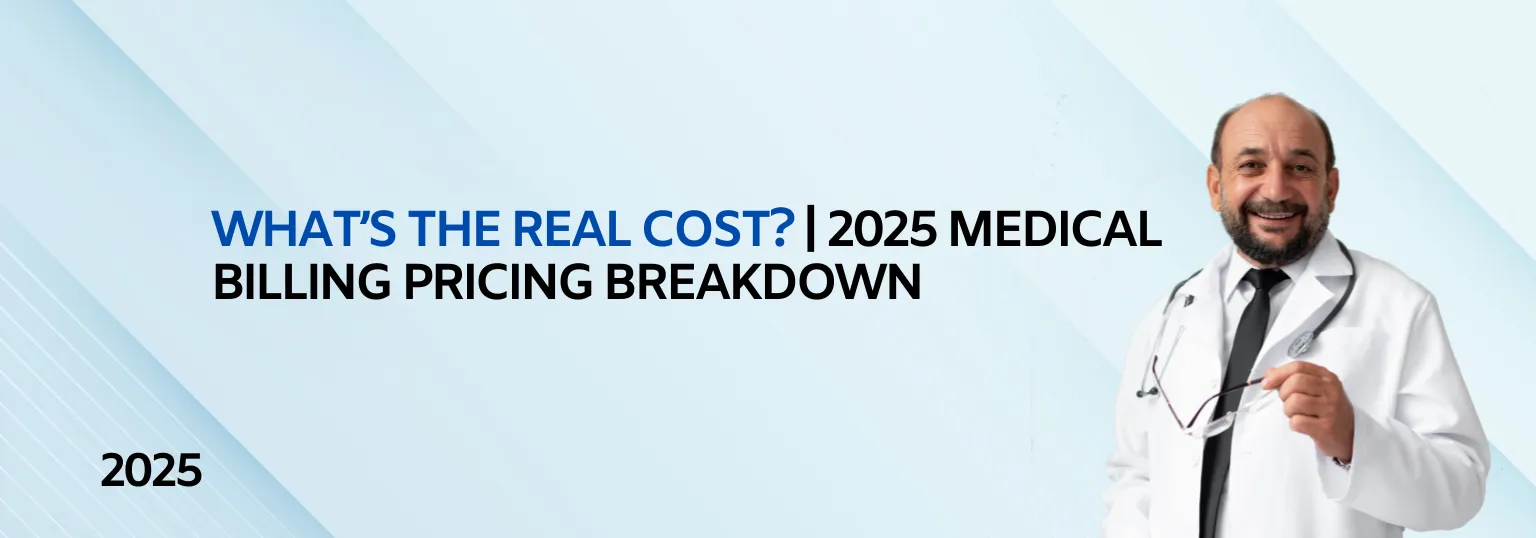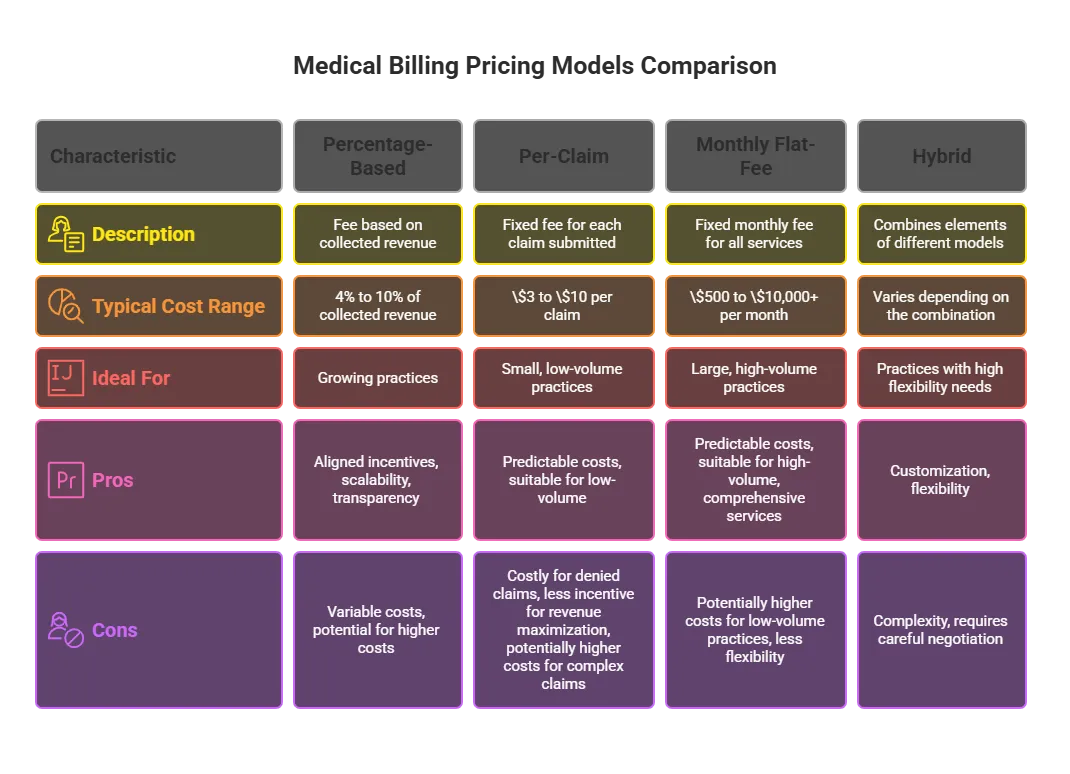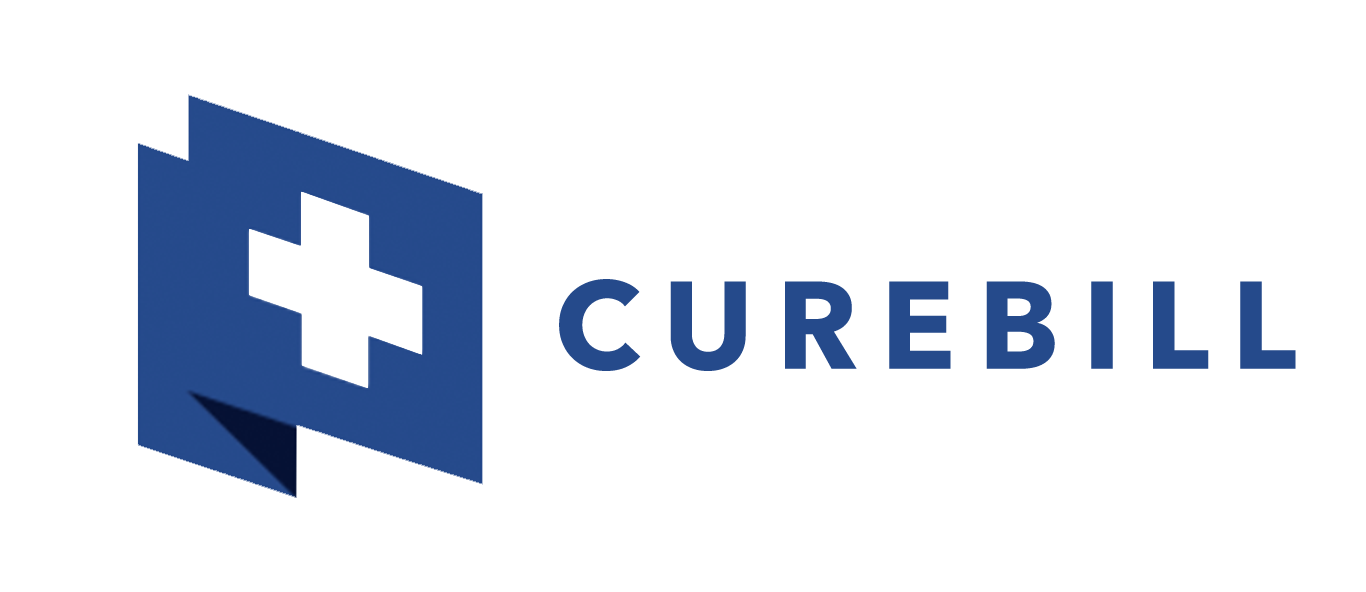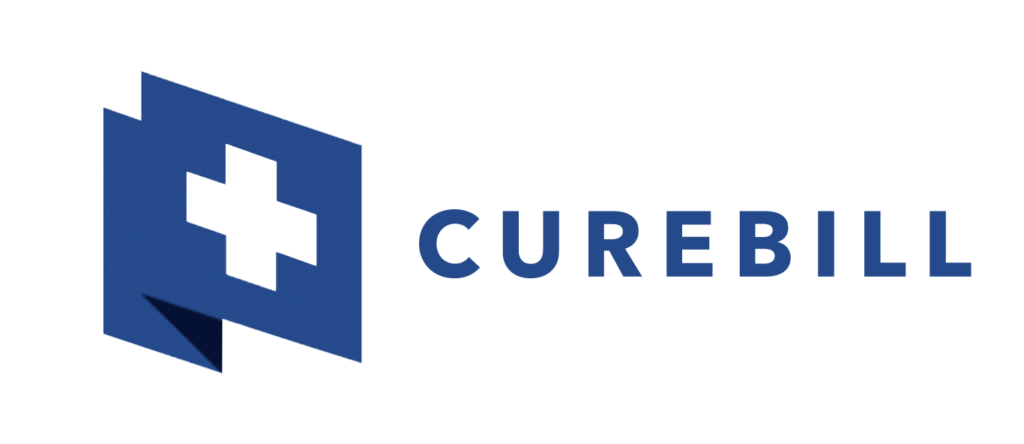
Medical Billing Pricing | How Much Do Services Charge in 2025?
As medical practices strive to reduce administrative burdens and maximize reimbursements, understanding medical billing pricing in 2025 has become crucial for physicians, clinics, and healthcare providers. In this blog, we’ll break down the cost structures, current industry rates, pricing models, and how CureBill delivers value with transparent, affordable, and scalable solutions tailored for practices of all sizes.
What Is Medical Billing Pricing?
Medical billing pricing refers to how much a healthcare provider pays to a third party billing company to manage insurance claims, coding, denial management, and revenue cycle processes.
Depending on the vendor and scope, pricing may be.!
Percentage based (e.g., 5–10% of collected revenue),
Flat rate per claim (e.g., $3–$10 per claim),
Monthly subscription/flat fee, or
Hybrid (combination of the above).
These models help practices streamline workflows, reduce claim denials, and improve revenue with minimal in house effort.
Common Pricing Models Used in 2025
1. Percentage Based Billing
This model charges a percentage of collected payments, typically between 4% to 10%, depending on your claim volume and practice complexity.
Best for: Growing practices, multi specialty clinics
Includes: Claims submission, denial management, reporting
Watch out for: Unclear add on fees
2. Flat Rate or Per Claim Billing
Providers are charged a fixed amount per processed claim, ranging between $3 to $10.
Best for: Small practices with predictable volume
Great for budgeting
May not include extras like appeals or AR recovery
3. Monthly Flat-Fee Pricing
A fixed monthly fee (usually $500–$10,000+) covers all services regardless of volume. The price depends on the number of providers and specialties.
Best for: High volume clinics or practices with complex needs
Watch out for: Inflexible pricing during slow seasons
4. Hybrid Pricing Models
This combines models above. For instance, a base fee + per-claim charges or performance bonuses.
Best for: Practices needing flexibility and value-based alignment
What Influences Medical Billing Costs?
Medical billing pricing isn’t one size fits all. Here are the main factors that affect your service costs.
Number of claims submitted monthly
Type of specialty (e.g., family practice vs. neurology)
Number of providers
Use of EHR/PM software integration
Level of service (basic claim filing vs. end-to-end RCM)
Denial and AR complexity
Startup or implementation fees
Pro Tip: Ask if fees include denial management, appeals, patient statements, and performance reports.
2025 Industry Pricing Benchmarks

Which Pricing Model Is Best for Your Practice?

How CureBill Delivers Value for Every Dollar
CureBill offers flexible, transparent, and affordable billing plans for clinics, physicians, and medical groups across the USA. Whether you run a family clinic or a specialist practice, we customize solutions to fit your needs and maximize your reimbursement.
Why Choose CureBill?
No hidden startup fees
Transparent pricing models
Real time revenue reports
Scalable solutions for small and large practices
AR follow ups and denial management included
HIPAA compliant, secure software
Best in class customer support
Looking for cost effective outsourced medical billing services for small practices? Get your custom quote from CureBill today!
Summary
In 2025, medical billing pricing is more flexible and competitive than ever. With options like percentage based billing, flat rate per claim, and monthly subscription models, you can select what works best for your clinic size and specialty.
CureBill offers industry leading pricing transparency, full RCM support, and custom solutions to help your healthcare business thrive.
Ready to optimize your billing and reduce costs? Request your custom quote now.

